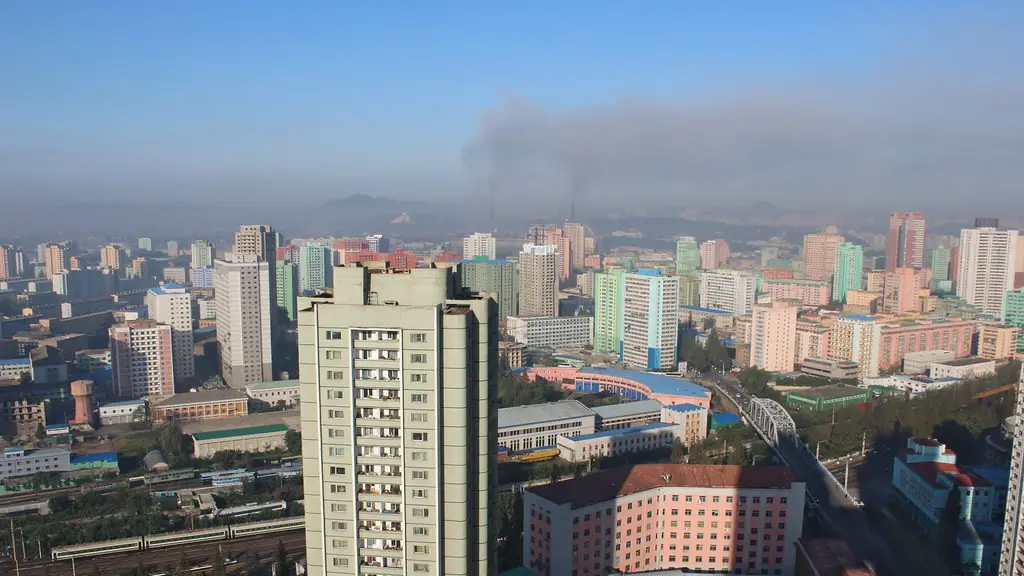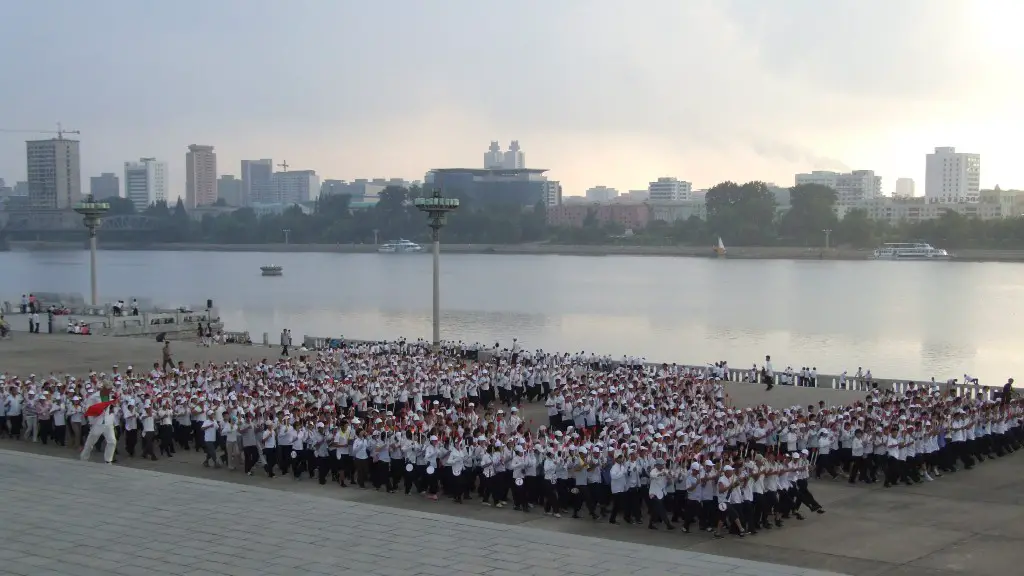Since the 1950s, North and South Korea have been in a tense stand-off. In spite of numerous attempts to bring peace to the Korean peninsula, the two countries remain divided, and there is no indication that reunification is on the horizon. But that doesn’t mean it’s impossible. This article will explore the key issues surrounding reunification, assess their viability, and delve into the possibility of a united Korea in the near future.
Background to the Korean Conflict
Before the Korean war, the Korean Peninsula was a unified state. In the aftermath of World War II, and in the face of mounting political tensions between the Soviet Union and the United States, Korea was divided into two states at the 38th parallel. North Korea was occupied by the Soviets, and South Korea by the United States.
The Korean war, which lasted from 1950 to 1953, solidified the borders between the two countries, creating the existing political and physical divide between South and North Korea. The Korean Armistice Agreement, which ended the war, recognized the existence of two separate governments, each with its own borders, also known as the Demilitarized Zone (DMZ).
The Prospects for Reunification
Since the end of the Korean War, the official policy of both North and South Korea has been to seek reunification, while at the same time maintaining their respective governments. But despite the diplomatic efforts of both sides, reunification has yet to be achieved.
The biggest challenge to reunification is the huge divide between North and South Korea in terms of political, economic, and social development. North Korea is a closed, totalitarian state that has been heavily sanctioned by the United Nations for its human rights abuses, while South Korea is a prosperous democracy that is one of the most developed countries in the world. This gap between North and South Korea would make integration extremely difficult, to say the least.
In addition, there is a great deal of mistrust between the two countries, owing to the legacy of the Korean War and decades of hostile rhetoric. South Korea also has no interest in being reunited with its northern neighbor, since it would put the South’s economic and political gains at risk.
Obstacles to Reunification
The economic, political, and social differences between North and South Korea make the prospect of reunification extremely daunting. The economic disparities between the two countries are particularly stark. The International Monetary Fund estimates that the gross domestic product (GDP) of North Korea is around one-tenth that of South Korea. In addition, South Korea’s sophisticated infrastructure and advanced technology are in stark contrast to the primitive infrastructure of North Korea.
Not only would reunification be a challenge from an economic standpoint, it would also be difficult from a political perspective. North Korea’s totalitarian regime is based on the idea of the “Supreme Leader,” and its strict doctrine of “self-reliance” is in opposition to the democratic values of South Korea. Moreover, the two countries have different legal systems and vastly different processes for making and executing laws.
In addition, the issue of military demobilization is another obstacle to reunification. North Korea has one of the largest standing armies in the world, while South Korea has a much smaller force. Unifying the two armies would be difficult, not only because of the different systems and ideologies they operate under, but also because of the deep mistrust between them.
The Role of Regional Powers
The process of Korean reunification will be complicated by the involvement of regional powers such as the United States, China, Japan, and Russia. The United States, in particular, has a strong interest in maintaining stability in the region and has stationed troops along the border between South and North Korea as a deterrent force. China also has a vested interest in preventing a unified Korea, given its proximity to the Korean Peninsula, and its own ties to North Korea.
The role of Japan is also important, given Tokyo’s historical ties to the Korean Peninsula. Japan has traditionally been a strong supporter of South Korea, and it has a vested interest in maintaining the status quo on the Korean Peninsula. All these countries, and any other nations with an interest in the region, would need to be consulted and involved in any reunification process.
Political Solutions
The political environment in the region is also important to consider when discussing the prospects for reunification. South Korea and North Korea have made multiple attempts over the years to engage in talks and exchanges to promote peace, but these have thus far come to naught.
There have, however, been some recent moves to ease tensions between the two states, including the historic 2018 summit between South Korean president Moon Jae-in and North Korean leader Kim Jong Un. The two leaders agreed to denuclearize the Korean Peninsula and to work towards peaceful reunification.
In 2019, North and South Korea announced that they had agreed on terms for a permanent end to their decades-long conflict. While this agreement does not directly address the issue of reunification, it does open the doors for further dialogue and negotiation on the issue.
Potential Models for Reunification
One approach to reunification would be a gradual process of economic and political integration, similar to the process used by the European Union. This would involve opening trade agreements between the two countries, slowly integrating their economies and legal systems, and slowly dismantling the DMZ. This approach would not be easy, but it has the potential to be successful, depending on the willingness of both sides to compromise.
Another approach would be a process of unification based on the “one country, two systems” model employed by China and Hong Kong. This model would involve creating a unified political entity, but allowing North and South Korea to maintain their own distinct culture and economic systems. This would require a great deal of political and economic cooperation, but it could be a viable option in the long term.
Conclusion
It is clear that the prospects for Korean reunification are slim. The economic, political, and social differences between North and South Korea would make the process extremely difficult, if not impossible. Moreover, the involvement of the United States and other regional powers in the Korean conflict makes the process even more complicated. Nonetheless, it is not impossible, and both North and South Korea have taken steps towards easing tensions in recent years, which suggests that a path to unification may yet be found.




